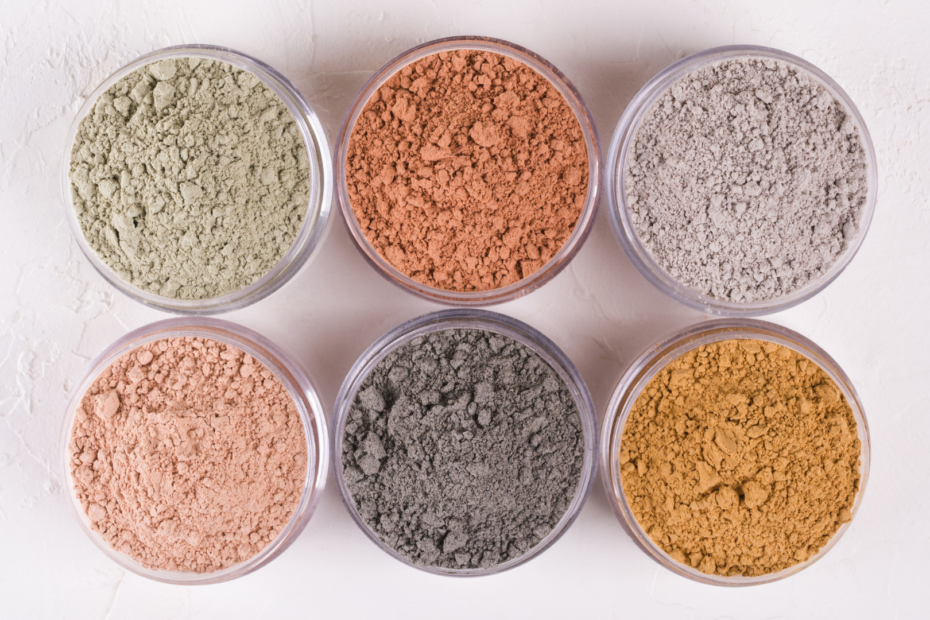Sculpting entered the public consciousness with the arrival of the famous surrealist Marcel Duchamp. His “Duchamp Fountain” (1913) is one of the world’s most famous works of art. Art was suddenly everywhere, and people started to be interested in making their own sculptures. Today, sculpture pieces can be found in people’s yards, art galleries, and museums. Artists continue to push the limits of what can be done with a material like mud.
Mud sculptures are an art form best known to cave dwellers, and as a decorative art form, they have been around for thousands of years. However, it’s a niche art form that is experiencing a surge in popularity. Many art lovers are discovering that mud can be molded and manipulated into a shape that mimics almost anything. The mud is allowed to dry, be painted, shaded, or left in its natural state.
As an artist, the clay you choose for your project is one of your most important decisions. Organic or synthetic clay? Two different materials, two completely different looks. Is there anything in between? The issue with organic mud is that it can be temperamental to work with, and it’s usually much more expensive. Synthetic clay is easy to work with but less expensive. And there are some pros and cons of both materials.
Organic Mud
Organic mud is cheap and easy to use, but the final product is porous, making it less durable than other types of clay. On the other hand, synthetic mud is man-made, making it more durable and easier to use. But the end result lacks the same feel as using organic mud.
The Organic Makes the Best Sculpture Piece, also known as OMBTS, is a large-scale, site-specific installation comprising over 5,000 individually hand-cut cedar shingles. The installation is the brainchild of artist Lauren Broderick, who has been creating giant cedar shingles for over 15 years. The concept for the piece developed after Broderick fell in love with a 150-year-old house in rural Pennsylvania. The structure had suffered years of neglect, and it was about to be torn down.
Broderick decided to save the wood but quickly realized that the space was too small to house such a large collection of cedar shingles. After searching for an alternative, Broderick came across an article describing how cedar shingles were used on large outdoor structures, such as barns, sheds, and gazebos, and how she could make one herself. Broderick was captivated by the idea of creating her own version of these traditional structures. After scouring the Internet, she found one source that provided all the needed information. She quickly learned that cedar shingles were incredibly heavy.
Andy Goldsworthy’s clay sculpture named Refuge d’Art (2005) snakes up the wall within the French Alps’ shelter. This work of art was created as part of a project at an art school the sculptor attended—the piece was 13 meters long! Since then, the piece has been exhibited worldwide, including a 2014 show at Versailles.
Synthetic Mud
Since the sport is played in a muddy field, the mud is spread everywhere and on the ground. However, today, with all the new synthetic mud, mud is no longer messy. Although the traditional mud is harder and more durable, it is less suitable for sculpting because it easily cracks.
Synthetic mud is an artificial soil made from inorganic substances such as glass, marble, and quartz, with an organic substance such as clay or compost applied on top. Breathe new life into your old, run-down wall by covering it in synthetic mud. It gives you the freedom to make any idea at your home. And its texture is very nice. You can mold it and make any shape you want. You can make any figure and any object you want.
Synthetic Mud Sculptures offers inexpensive, high quality, custom sculptures. With Synthetic Mud, we no longer need to depend on ice, snow, and freezing weather to create amazing sculptures. With Synthetic Mud, we can create sculptures year-round!
Sure, this mud is softer and easier to sculpt, making it the preferred product for many artists. Plus, it is cheaper than the traditional mud. However, some people may not be comfortable using synthetic mud because it is made from petroleum products and may contain harmful toxins.
Mud is a versatile medium for creating art: cheap, malleable, and readily available. It may look like it’s made of mud, but it’s a mixture of clay and water.
